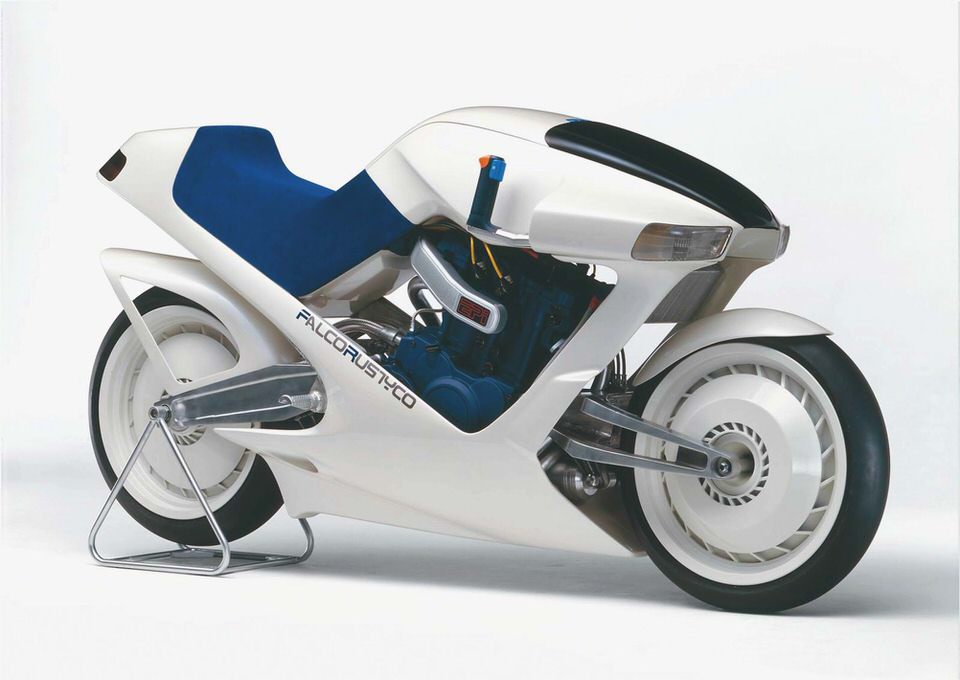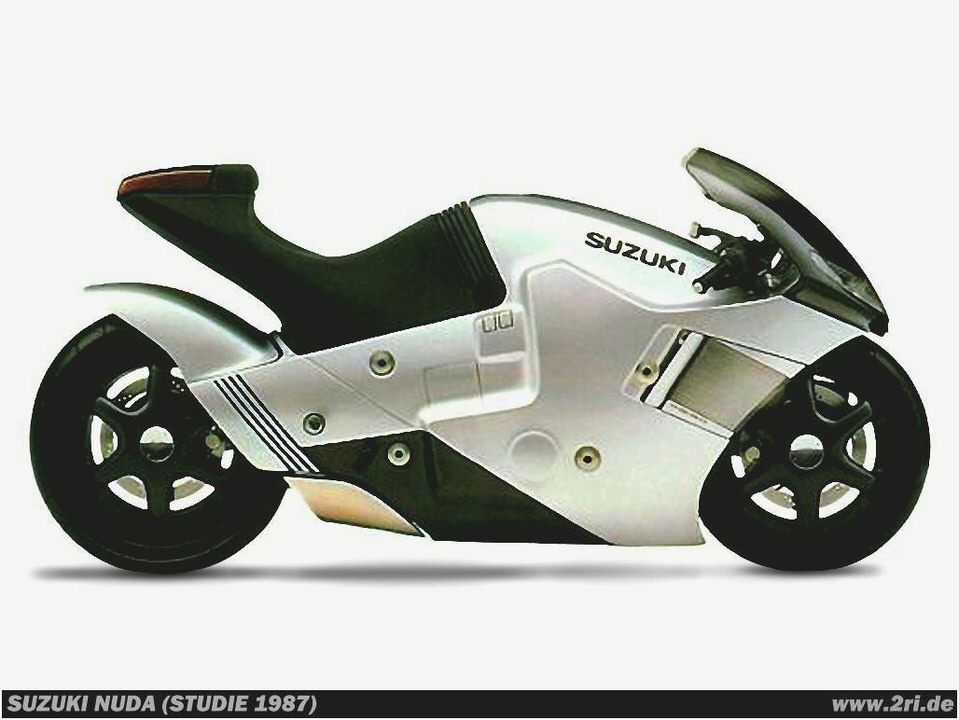

2WD MOTORCYCLE OVERVIEW
Two wheel drive motorcycles can basically be split up into two broad groups; those with mechanical drive by means of chains or shafts, and those using hydraulic drive using pressurised fluid such as the Dryvtech 2x2x2. As with any departure from mainstream design, those bikes based heavily on existing motorcycles seem to be more ‘successful’, though the definition of that word depends largely on the objectives of the project.
There have been a few 2WD designs in recent times that have really put 2WD on the map because they perform like a conventional bike, but a little better. Who was it in the GP world who said The bike that wins this year will the bike that won last year, plus 5%?
Mechanical two wheel drive motorcycles are by no means a new idea- the earliest on record was a 1924 Raleigh that was converted to 2WD for trials events. The later 1937 FN was actually quite a good design with ‘only’ 2 chains required to drive the front wheel- the girder front forks of the day making this possible.
Unlike the majority of more recent mechanical 2 wheel drive motorcycles, the FN was reputed to have run a fixed drive to both wheels- made easier by bikes of the day running the same tyre sizes front and rear. More recent mechanical 2 wheel drives all seem to run a principle common in ‘4 wheel assist drive’ tractors- that is to gear the front wheel(s) 5% slower than the rear through a ‘sprag clutch’ (a one way drive). This system is becoming quite well developed mainly because it’s relative simplicity allows for the construction of an experimental bike (usually by a so-called ‘backyard inventor’) without the need for a large investment of funds.
In this system the front wheel is ‘pushed’ along in the normal fashion when the rear tyre is getting full traction and then the front wheel drives ‘fully’ (but 5% slower) when the rear wheel achieves 5% slip. It seems this has a more natural feel for motorcyclists than more complex constant drives with torque splitters and viscous couplings as used in rally cars. This improved ‘feel’ is apparent not only under power, but also under braking where the rider can still steer the bike by dragging the rear brake coming into a corner as with a 1 wheel drive- this doesn’t affect the front wheel rotation at all.
Hydraulic drive (and steering for that matter) is less common, the only known example to use fully hydrostatic drive to both wheels other than the Dryvtech was an Oddball Suzuki concept bike called the Falcorustyco in the mid 80’s, though it is not known whether this was a working bike or whether it was merely a mock-up built for the Tokyo motorshow. More recently there have also been several ‘hydraulic assist’ systems where a standard chain drives the rear wheel and a low powered hydraulic system drives the front, up to and including the 1998 Öhlins enduro bike.
All these systems have their advantages and drawbacks, mechanical drives have at least three drive chains (usually more)- we all know how fun they are to lube, adjust and replace. Mechanical systems also have limitations on steering lock, gearing hassles and front suspension design problems, while the hydraulic system is undoubtedly expensive and heavy when using industrial components.
The hydraulic drive bike also cannot be pushed around with the engine stopped without a bypass valve between the pump and motor/s. Interestingly a sprag clutch equipped 2 wheel drive is also difficult to push backwards- but for different reasons to the hydrostatic drive. Basically the sprag clutch ‘engages’ when going backwards and you effectively have the front wheel trying to drive the rear wheel 5 % faster, but both are on the same ground and therefore going at the same speed.
The tyres can heard scrubbing when pushing backwards on a hard surface. The first 4WD sportscar- the Jensen 4WD used a special mechanism to disengage the ‘wheelspin limiter’ during reverse. I often wonder if this was part of the first design or if it was discovered the first time they tried to reverse the prototype.
But these problems are merely small hurdles that must be overcome in the quest to reap the benefits that 2WD can offer us, see the Ride Impressions page to hear what the end result is actually like.
- Drysdale 2x2x2- A history of 2WD Mototcycles
- Suzuki Completes Three Days Of Testing On MotoGP Prototype At Misano
- Suzuki Fxr 150
- 4″ Pull Back Risers, Suzuki Volusia VL800 / C50 & C90 MonsterMarketplace.com
- Consumer Review: 2012 Suzuki TU250 a Proven Daily Commuter – Yahoo Voices…

